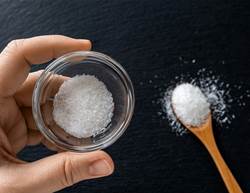It’s no secret that having a well-stocked kitchen makes it easier to eat healthy. But what should you keep on hand if you have diabetes? “Thinking about what foods you should limit, like cakes or sweets, can make you feel deprived. Instead, it's better to focus on the many delicious, good-for-you foods you can add into your diet that can actually help manage your blood sugar,” says dietitian Martha McKittrick. Here are 11 expert-recommended foods that do just that. Each deserves a regular spot in your pantry or fridge.
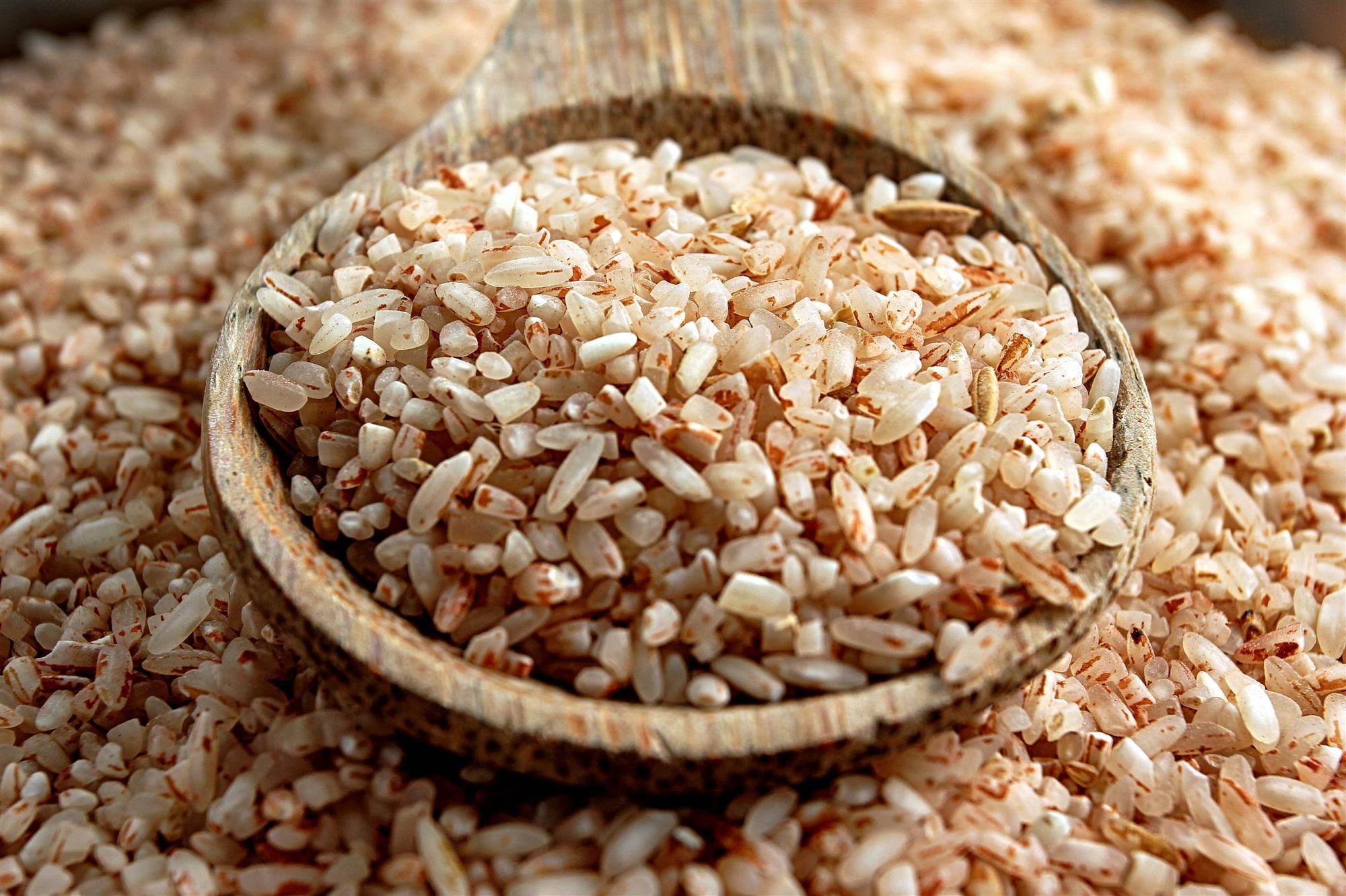
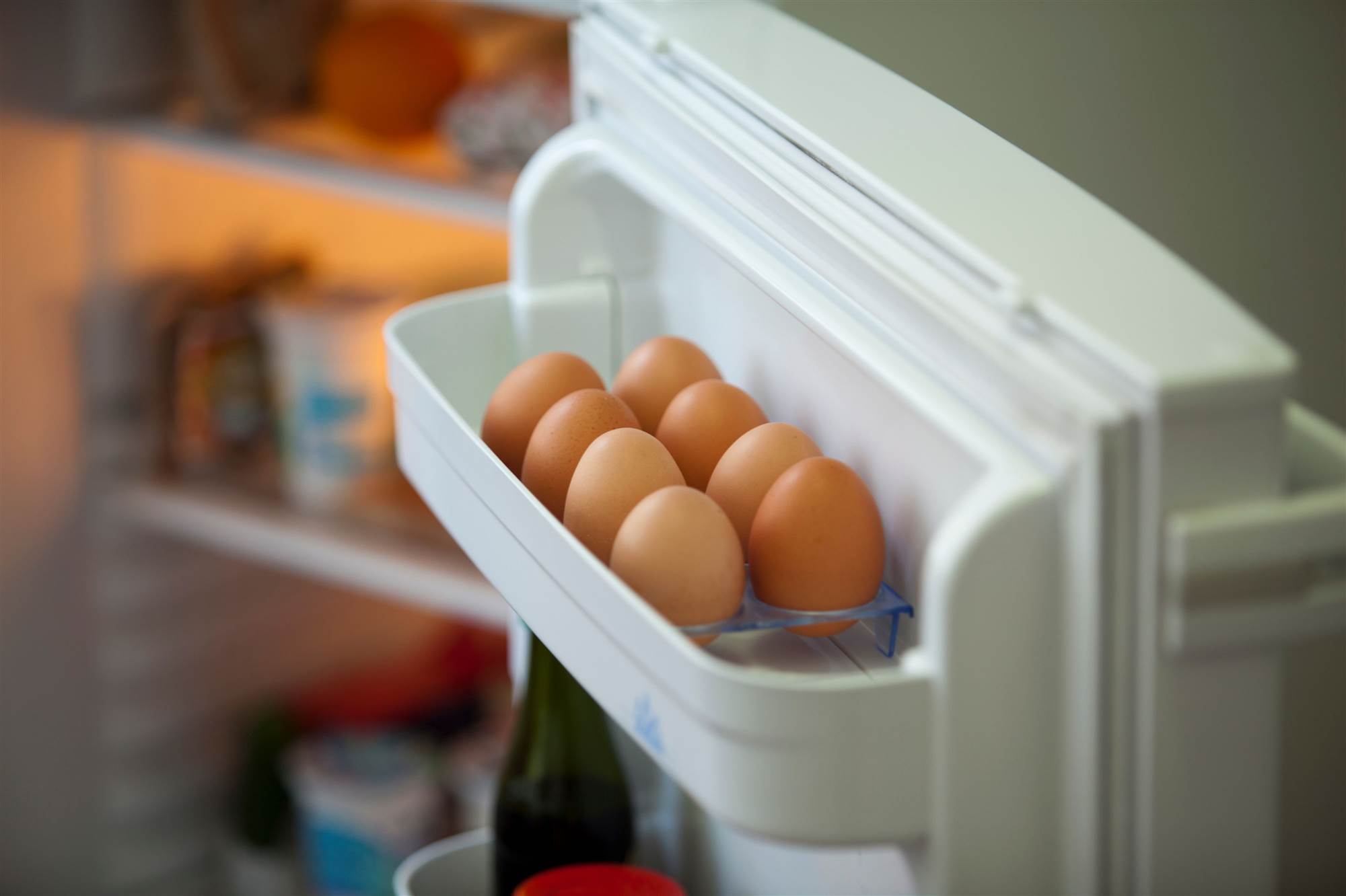

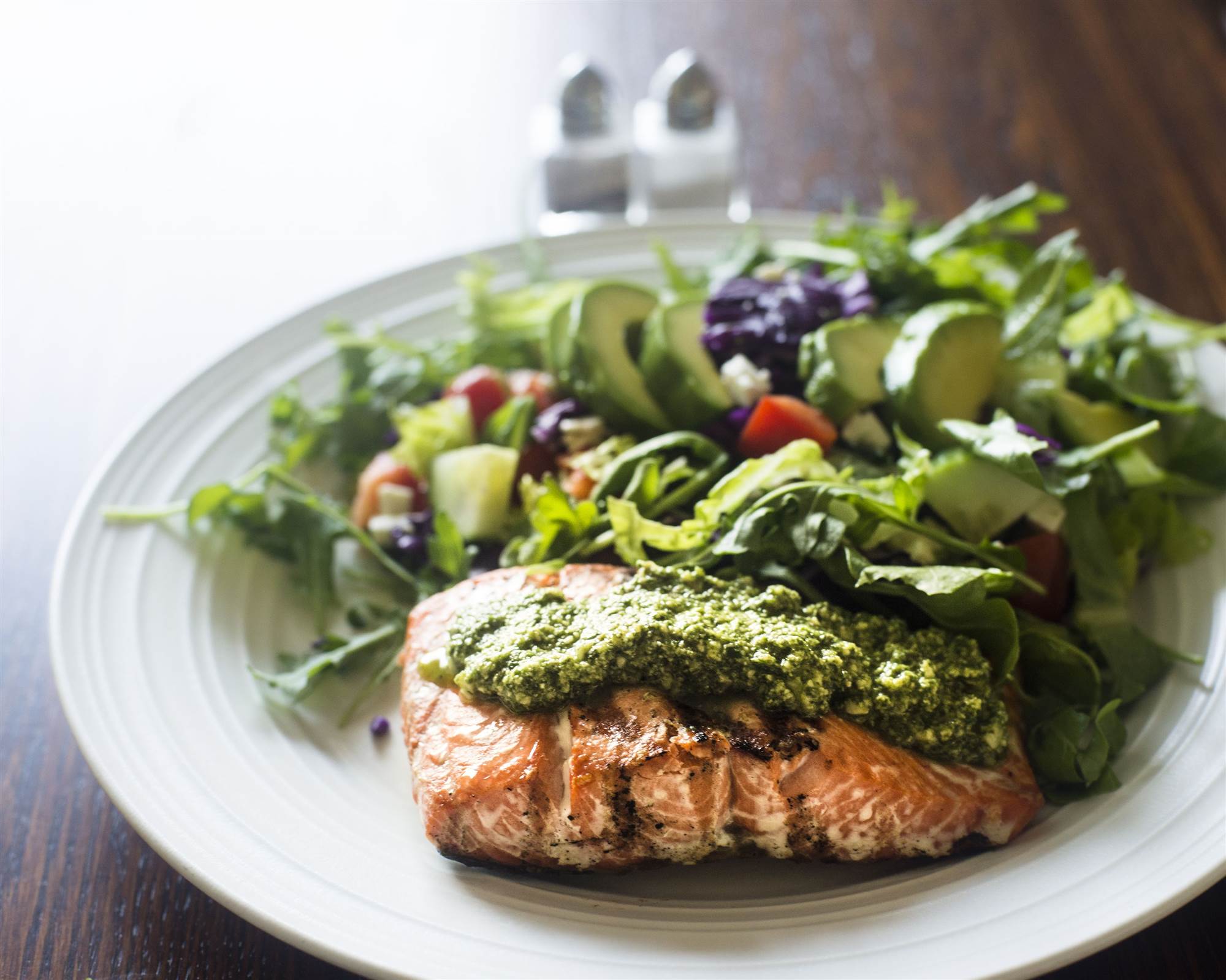
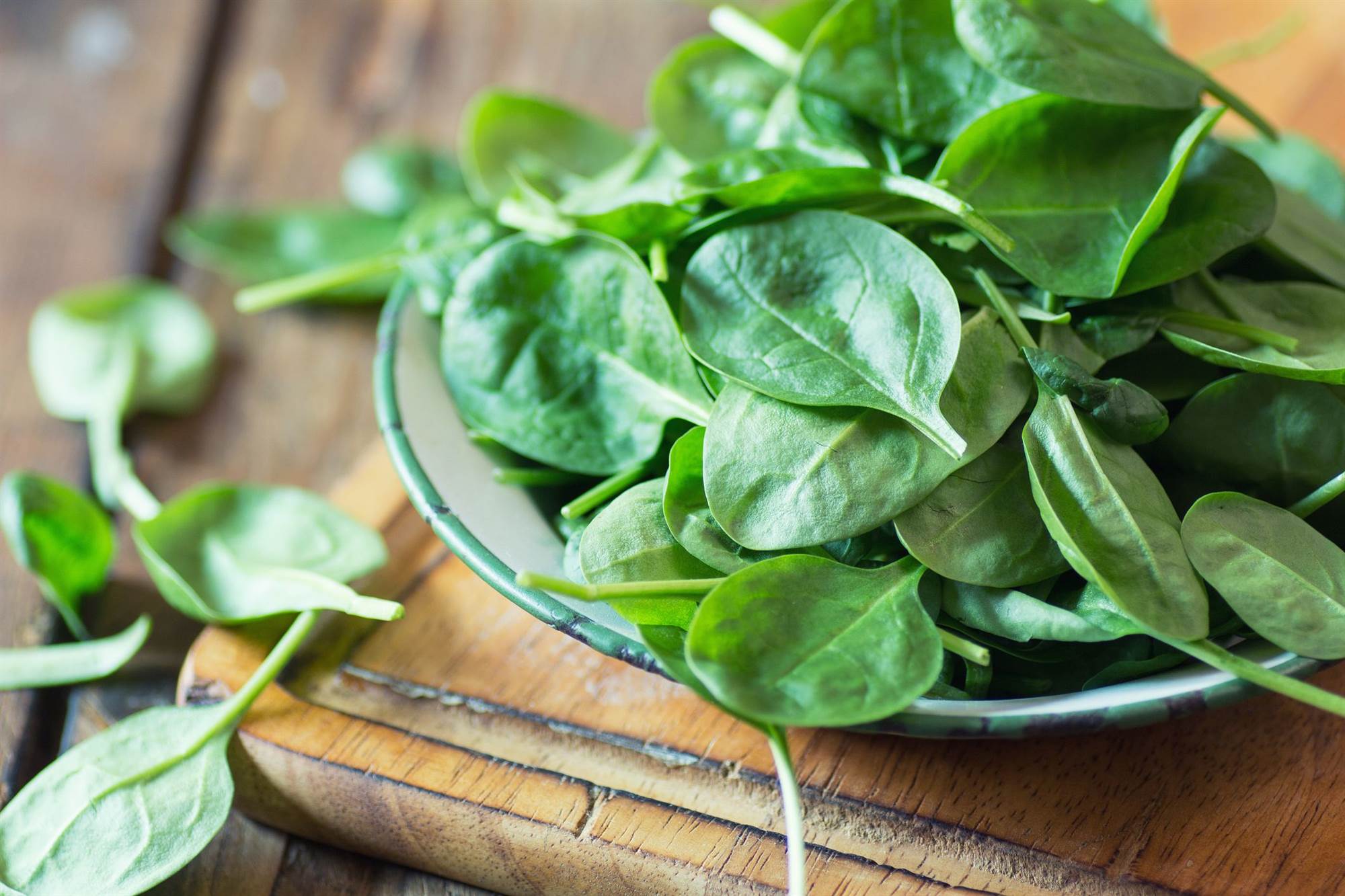

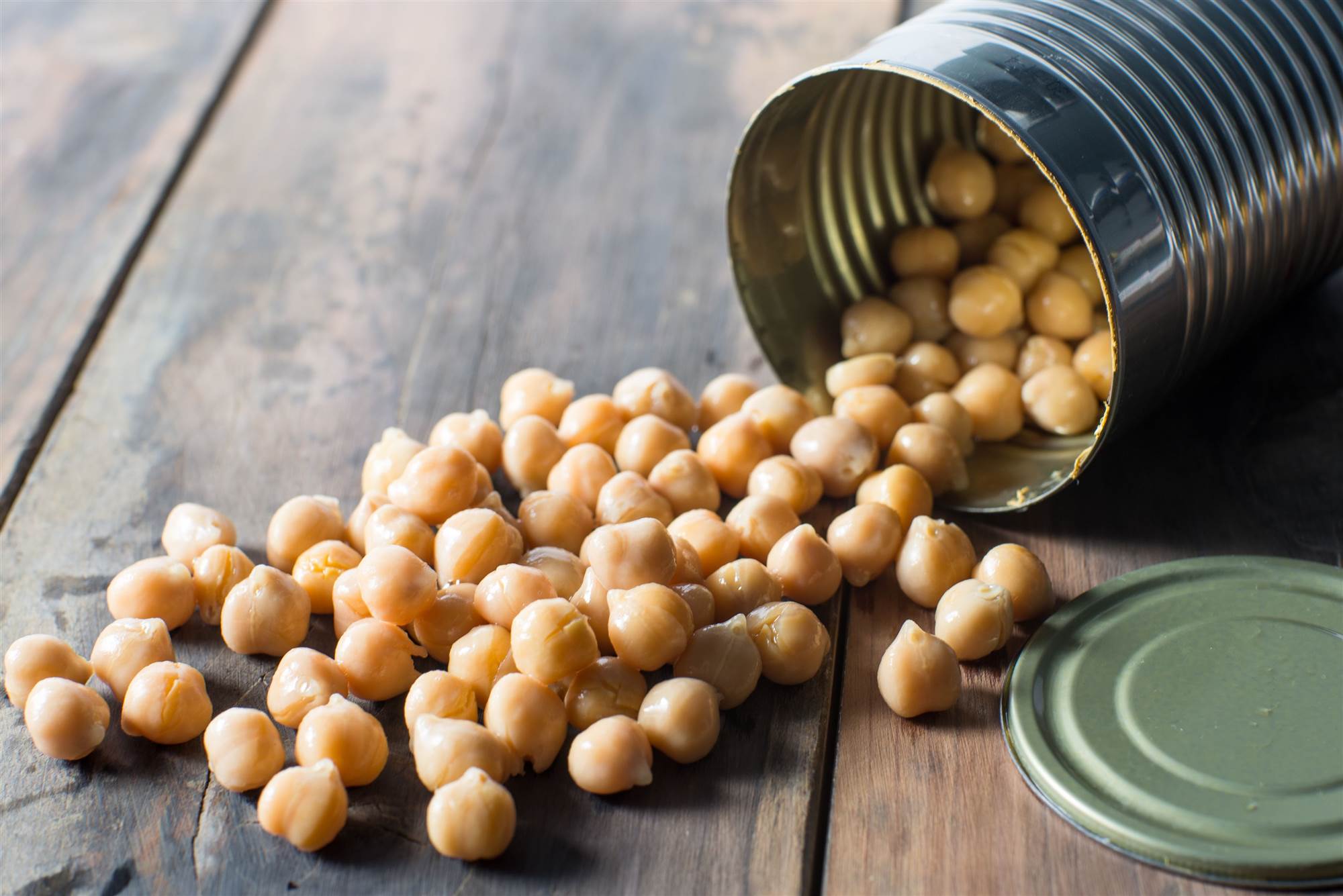
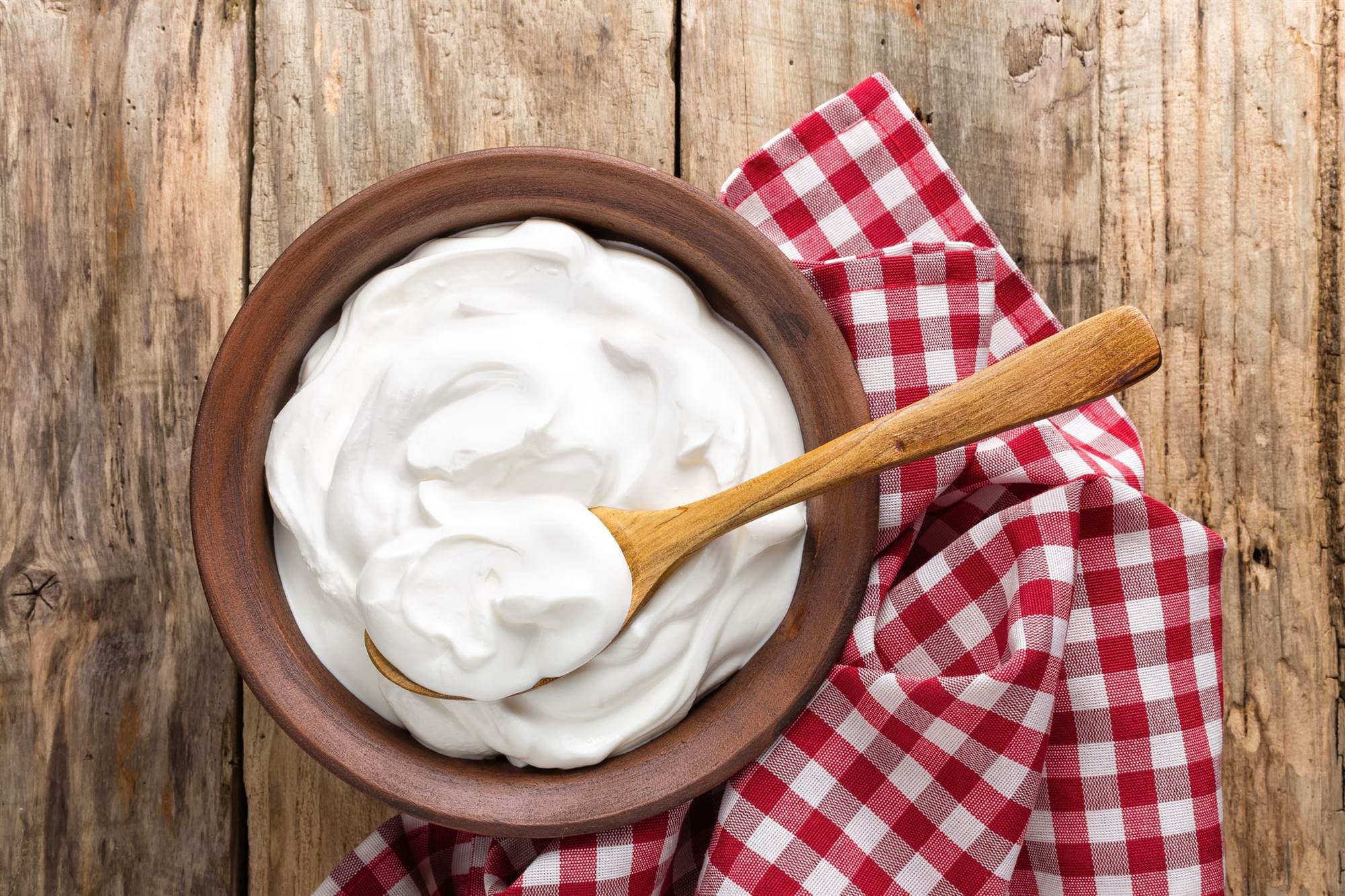
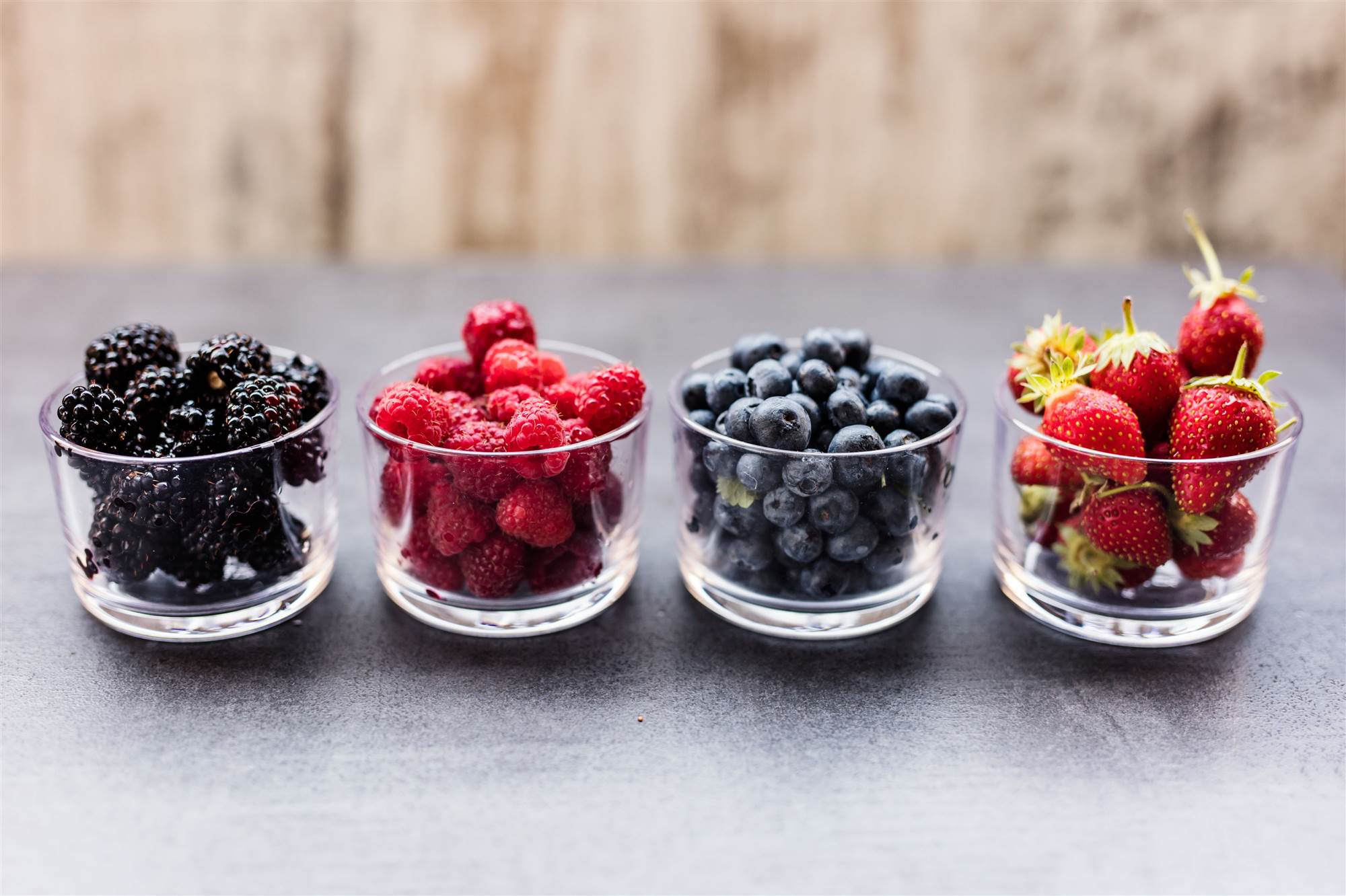

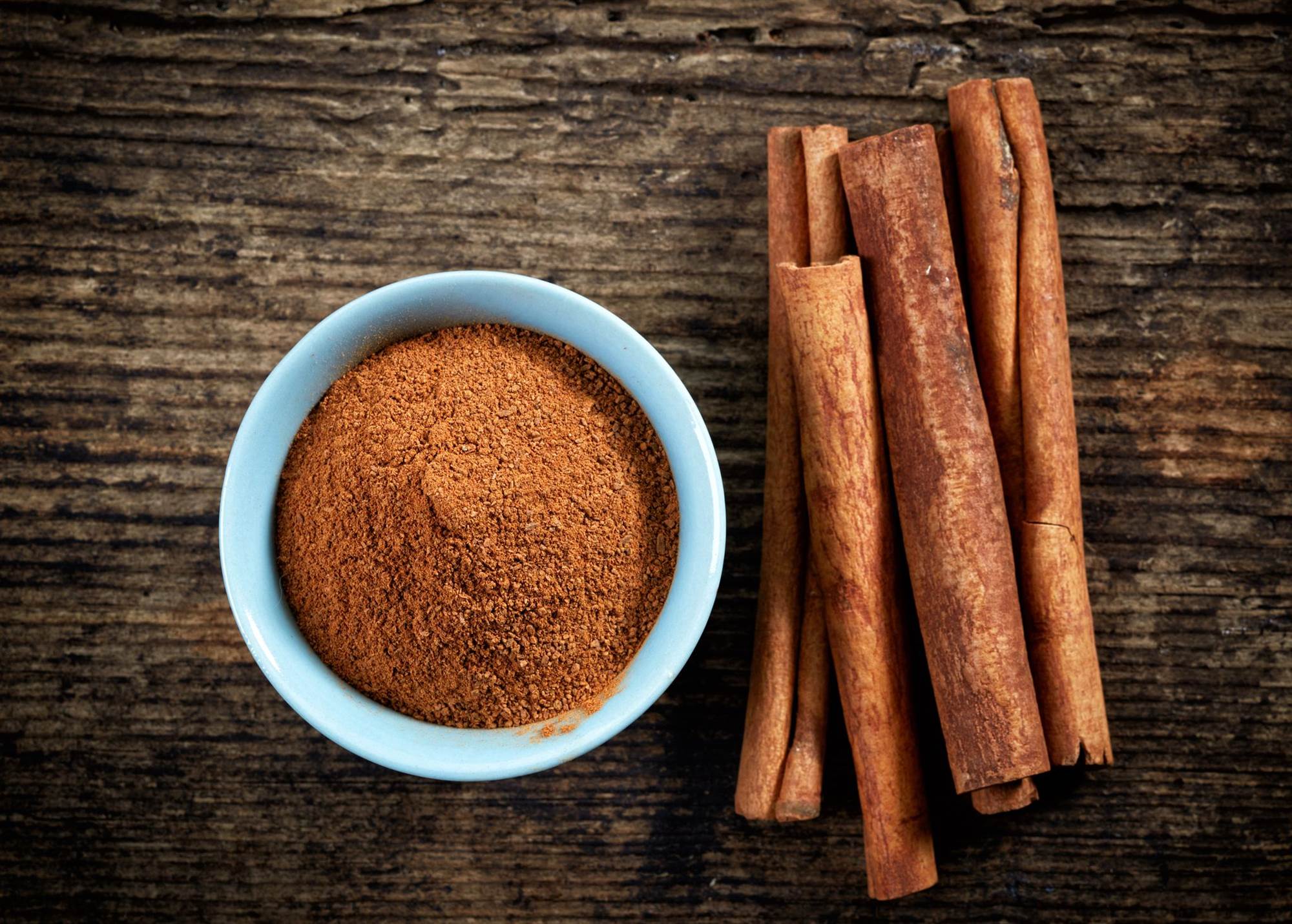
Melpomenem ©Getty Images
1) Whole grains
Think: brown rice, quinoa, oats, or barley. Though they’re high in carbs, whole grains are also rich in fibre, which digests at a slower rate compared to low-fiber refined carbs (like white rice or white bread).
In turn, they’ll have less of an impact on your blood sugar, explains dietitian Lori Zanini.
Keep an eye on your portions, though. “When eating any whole grain, it’s important to realise one serving [about 1/3 cooked cup] is equal to 15 grams of carbs,” Zanini says.
Melpomenem ©Getty Images
2) Eggs
Whether you like them scrambled, poached, or hard-boiled, one thing’s for sure: Eggs are protein powerhouses that can support weight loss by stabilising blood sugar levels and suppressing hunger hormones, McKittrick explains.
That’s good news if you have diabetes, since losing as little as 5 kilos can help improve your blood glucose and even make it possible to cut back on your medications.
Melpomenem ©Getty Images
3) Sweet potatoes
Sweet potatoes are another diabetes-friendly source of carbs: A medium sweet potato packs 4 grams of fibre and nearly a third of your daily vitamin C.
They’re also a top source of vitamin A, which some findings suggest may improve the function of cells that produce insulin, according to an Endocrine Journal study.
Again, just be mindful of your portions. You’ll get 24 grams of carbs from a medium sweet potato, Zanini says.
Melpomenem ©Getty Images
4) Fatty fish
Here’s a scary fact: People with type 2 diabetes are up to four times more likely to die of heart disease than those without T2D.
The good news? A diet rich in omega-3-packed fish like salmon, herring, sardines, mackerel, trout, and albacore tuna may lower the risk of heart disease and stave off inflammation, Zanini says.
Fatty fish might protect your eyes from diabetes-related complications, too. Eating two weekly servings was tied to a 50 percent lower risk for diabetic retinopathy in a recent JAMA study.
Melpomenem ©Getty Images
5) Leafy greens
Greens like spinach, kale, and Swiss chard are super low in kilojoules and carbs but chock full of nutrition, making them a smart staple for folks with diabetes as well as those with pre-diabetes, too.
“Green leafy veggies may reduce type 2 diabetes risk because of their high concentrations of polyphenols and vitamin C, both of which have antioxidant properties,” says McKittrick. They’re also rich in magnesium, a mineral that’s been shown to help fight insulin resistance.
Melpomenem ©Getty Images
6) Avocados
This creamy green fruit is a tasty source of heart-healthy fats. Avocados are also rich in fibre, which helps stave off insulin spikes by slowing the rise and fall of blood sugar, McKittrick notes.
Since they’re kJ-dense, pay attention to your portions: Half of a medium avocado can contain upwards of 753kJ (180cal), which is more than a tablespoon of mayo or a slice of cheese.
Melpomenem ©Getty Images
7) Beans
Keep your cupboard filled with canned black beans and chickpeas, as well as quick-cooking options like lentils. The fibre and protein in beans help keep your blood sugar stable, Zanini says.
Over time, that can add up to big benefits. Adults with type 2 diabetes who ate a cup of lentils or beans daily saw their A1C levels drop by half a percentage point within three months, found one JAMA study.
Melpomenem ©Getty Images
8) Greek yoghurt
When it comes to dairy, it’s good to go Greek. Greek yoghurt is higher in protein and lower in carbohydrates than regular yoghurt. “This higher protein content can keep you feeling full longer and cause less of a rise in blood sugar,” says McKittrick.
Be sure to pick the plain kind over flavoured varieties, which tend to contain added sugar and extra carbs. “Add a small portion of your own fruit if you want sweetness,” McKittrick suggests. Try 3/4 cup of berries; a medium, chopped peach; or 1/2 a cup of pomegranate seeds, which each have 15 grams of carbs.
Melpomenem ©Getty Images
9) Berries
The tiny fruits are a tasty way to tame a sweet tooth without any added sugar, says Zanini. Plus, they’re packed with blood sugar-stabilising fibre and antioxidants that can help ward off heart disease.
Enjoy fresh berries when they’re in season, but don’t hesitate to reach for frozen the rest of the year. Experts agree that they’re just as nutritious-and they’re often cheaper. Just be sure to buy bags free of added sugar.
Melpomenem ©Getty Images
10) Nuts
Have unsalted nuts on hand for snacking. They serve up protein, fibre, and healthy fats to keep you satisfied and stabilise your blood sugar, as well as insulin-resistance fighting magnesium. To keep the kilojoules in check, stick to a 30g serving size, Zanini recommends. That’s about 24 almonds or 18 medium cashews.
Melpomenem ©Getty Images
11) Cinnamon
A sprinkle in your porridge, yoghurt, or coffee adds a hint of natural sweetness without the need for sugar, but that’s not all cinnamon can do. It's been shown to improve blood glucose levels by slowing the absorption of carbs and making it easier for cells to absorb insulin, McKittrick explains.
And you don’t need much: Findings suggest you can reap the benefits by eating just half a teaspoon of cinnamon daily.








